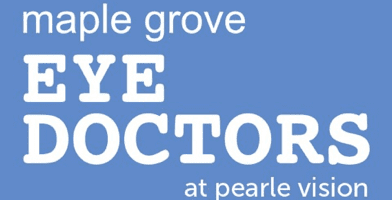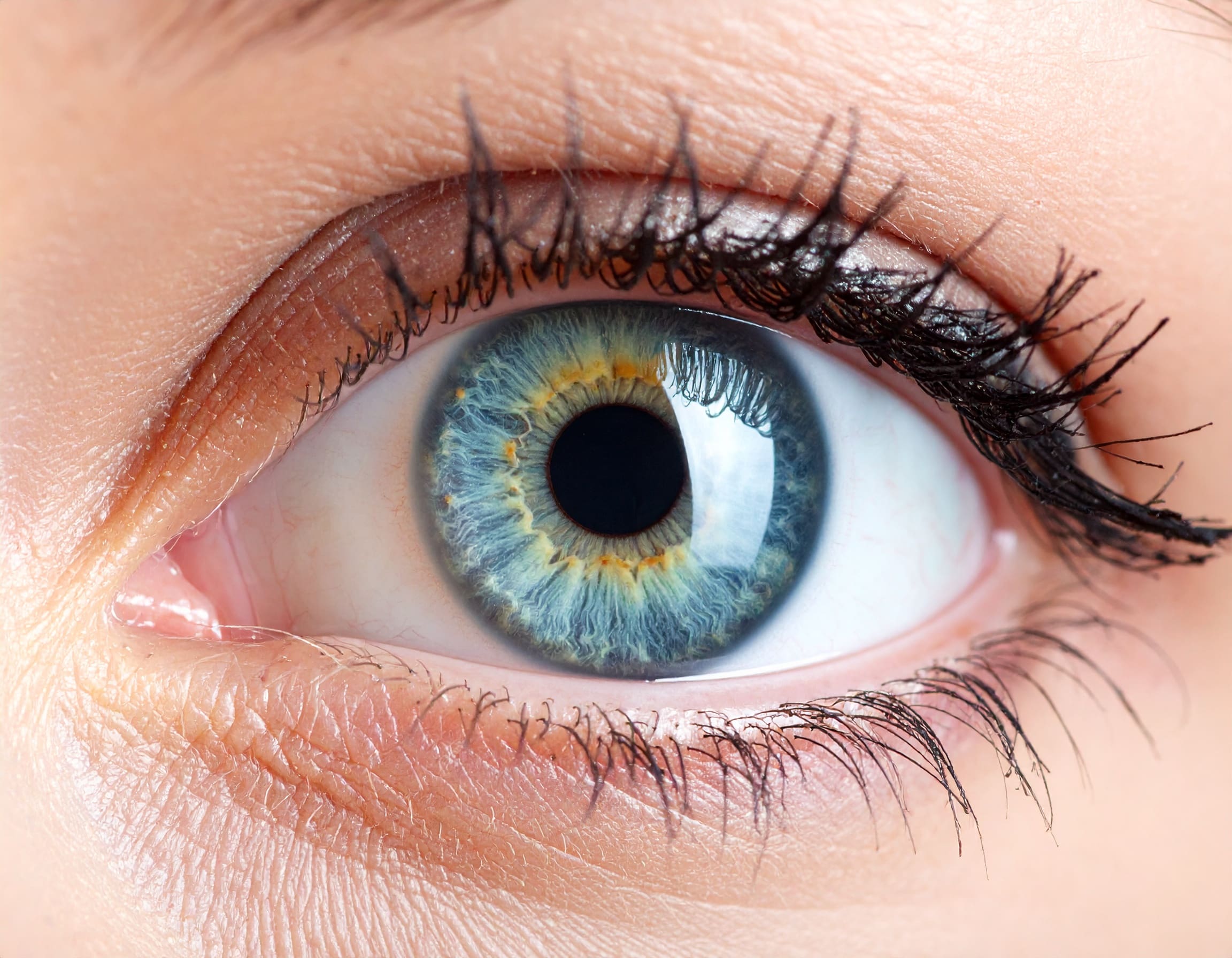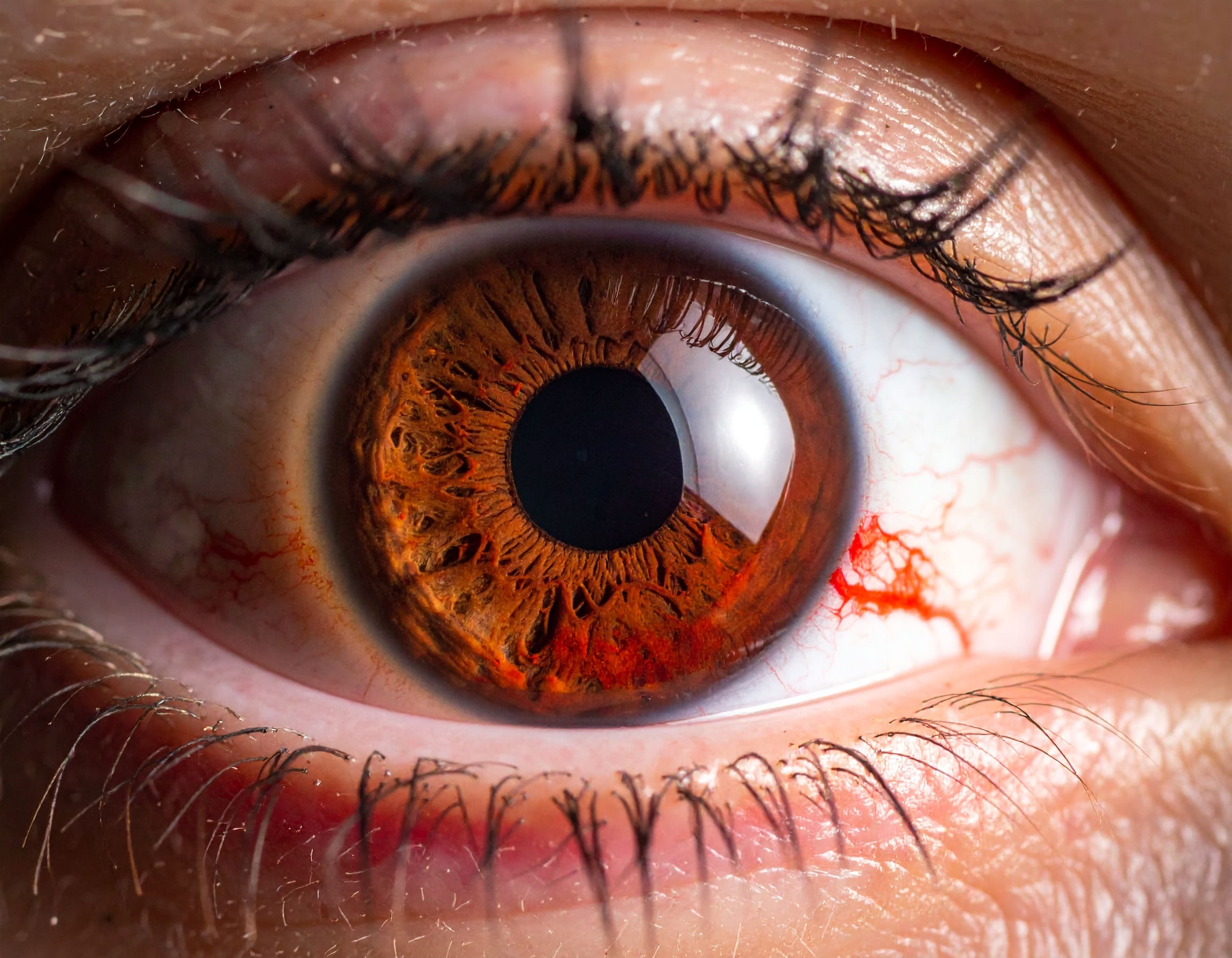How Is Glaucoma Treated?
Glaucoma can be a debilitating eye condition. Around 4 million Americans and 80 million people globally live with glaucoma, making it the second leading cause of blindness worldwide. 50% of people with glaucoma don’t even know they have it until it gets too late. This January, Glaucoma Awareness Month, let’s help you understand this disease and how it’s treated to get back the life you deserve.
What Is Glaucoma?
Glaucoma is a progressive eye condition that affects the optic nerve. It results from high eye pressure (intraocular pressure) due to excess aqueous fluid buildup. This damages the optic nerve and leads to blindness if left unaddressed. Risk factors include genetics, age, corneal thinning, eye inflammation, injury, existing eye disorders, using steroids for long, optic nerve thinning, underlying health conditions like diabetes, reduced blood circulation, and more. The vision loss becomes prominent as you age, with no visible symptoms initially, making early diagnosis and regular eye exams crucial.
Glaucoma Diagnosis
If you experience sudden blurry vision, headaches, or forehead pain or see halos, go for a comprehensive eye exam right away. Over time, glaucoma can hinder your ability to see things clearly from the sides. For anyone over 40 and with risk factors, glaucoma testing is the best form of prevention against significant damage.
Your eye doctor will measure the pressure in the eye with a tonometer. They will also see through your optic nerve to evaluate its shape and color. They can employ other instruments to scan the retina and provide follow-up data on the severity of the condition. Additional tests include visual field tests, checking the eye’s drainage angle, and understanding the impact of corneal thickness to confirm a glaucoma diagnosis.
Generally, you must go for glaucoma testing every 2-4 years if you’re under 40, every 1-3 years if you’re between 40 and 54, and every 1-2 years for people in the 55 to 64 years of age range. If you’re 65 or older, glaucoma testing must be scheduled every 6-12 months. Frequent testing may be needed if you’re at a higher risk. Consult your eye doctor to determine your testing schedule.
How Is Glaucoma Treated?
Unfortunately, vision deterioration with glaucoma is gradual but permanent. Treatment cannot reverse the damage already occurred, but it can prevent any further impact. Although there’s no cure, the following sight-saving therapies can give you a better chance at preserving your vision:
· Eye Drops
Eye drops are the first line of defense to reduce fluid production and improve the drainage in the eye. Your doctor can also prescribe a combination of eye drops to protect the blood-ocular barrier in the eyes and get absorbed into the bloodstream.
· Laser
If eye drops alone don’t suffice your needs, selective laser trabeculoplasty (SLT) may be helpful. It’s a minimally invasive procedure to open up the drainage channels in the eye. This outpatient procedure can be performed in the office or clinic with minimal side effects. The laser may be applied to the iris or trabecular meshwork and enable the aqueous fluid to flow more freely within the eye. It lowers the pressure by up to 30% in over 80% of all patients and can last up to 5 years. You’d still require (low dose) medication to keep up with the results.
· MIGS
Minimally Invasive Glaucoma Surgery, or MIGS, employs smaller incisions and minimal tissue manipulation. It utilizes microscopic tools and devices, including Xen Gel Stent and PRESERFLO, for mild to moderate complications. The procedure is straightforward, healing is faster, and there are fewer complications. It can also delay the need for additional surgeries. If needed, your optometrist can refer you to an ophthalmology surgeon who will be better equipped to discuss how this glaucoma treatment option.
· Traditional Surgery
Invasive interventions become necessary when eye drops, medications, laser therapies, and MIGs fall short. It’s rarely the first choice for treating glaucoma but is needed if other treatments don’t lower the IOP. Your doctor will consider the severity of your condition, your exciting health condition, and your response to medications to determine the right course of action.
Preparing For Surgery and Recovery
Your chosen eye doctor will evaluate your needs, decide the correct treatment approach, and explain its pros and cons. Once you understand all specifics and consent to the procedure, they’ll schedule the surgery accordingly. It’s performed under local or general anesthesia to create an opening in the eyes and relieve any pressure on the optic nerve. Specific dos and don’ts apply after the procedures to accelerate your recovery. You might feel a little sore and bruised but these signs should start clearing up within weeks and provide clear vision.
Get Help Today
Take the next steps in glaucoma care with the Maple Grove team. We aim to improve your vision and help you regain your quality of life. You can count on us for the best care. Call (763) 416-0622 to learn more about glaucoma and its treatment. You can also book an appointment online for a consultation.






